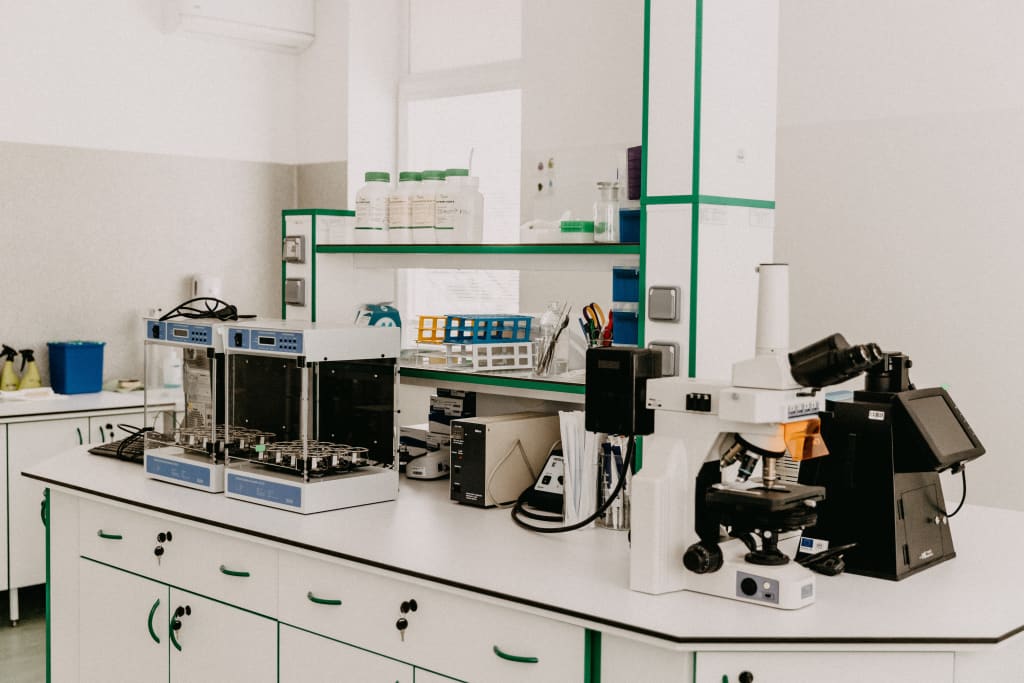Maximize Product Development with Effective Polymer Testing Techniques
Methods of Polymer material Testing

Polymer testing plays a pivotal role in the development of plastic products. With various additives, contaminants, and environmental factors, the performance of polymer-based items can undergo significant changes. Understanding the effects of different conditions on your polymer product is paramount to ensure its quality and suitability for the intended application. For comprehensive polymer material testing, labs is a wide range of essential techniques. Here’s an overview of each polymer testing method and the scenarios where they prove indispensable.
Polymer Testing Techniques for Improved Product Development
Fourier Transform Infrared Spectroscopy (FTIR): One of the most versatile quality control materials analysis techniques is Fourier Transform Infrared Spectroscopy (FTIR). It serves to identify both organic and some inorganic contaminants, providing valuable insights into how they affect a product. The FTIR process involves directing a beam of infrared radiation (IR) at various wavelengths onto the material sample. Different molecules within the substance absorb these wavelengths at varying rates, resulting in an IR frequency spectrum. By comparing this spectrum against a reference library, analysts can determine the molecular composition of the sample. FTIR is instrumental in identifying polymers, assessing the quality of polymers used in plastic products, and delving into the molecular structure of polymers. Its speed, reliability, and non-invasive nature make it a popular choice for polymer testing.
Differential Scanning Calorimetry (DSC): Differential Scanning Calorimetry (DSC) is a thermal quality testing and research technique used to measure heat flow changes as a sample transitions from one state to another, such as glass transition, crystallization, or oxidation. The sample under analysis is placed inside an isolated chamber known as a calorimeter, along with a control medium of known properties. The chamber is then subjected to varying amounts of heat, and the resulting temperature difference between the sample and the control medium provides information about the sample’s heat release. Given polymers’ susceptibility to temperature fluctuations, testing their response to heat transitions is crucial for quality assessment. DSC allows measurement of a polymer’s performance and degradation when exposed to a wide range of temperatures over time. Additionally, it helps determine key properties such as melting point, enthalpy, heat capacity, and crystallinity.
Thermal Gravimetric Analysis (TGA): Thermal Gravimetric Analysis (TGA), also known as thermogravimetric analysis, monitors the weight changes of a sample material as it undergoes controlled heating or cooling over time. During TGA, the sample is placed within a temperature-controlled environment that includes an oven and a scale. The oven applies a fixed, measured amount of heat to the sample, while the scale continuously monitors changes in the sample’s mass. These mass changes, whether gains or losses, indicate the point at which the sample’s components oxidize, volatilize, or decompose. TGA proves invaluable in testing the thermal stability of polymer-based products, especially those expected to endure high temperatures over extended periods. Additionally, it helps determine the amount of inorganic filler present in the polymer and predicts the weight loss the polymer product may experience in heated environments.
Electron Spectroscopy Chemical Analysis (ESCA) or X-ray Photoelectron Spectroscopy (XPS): Electron Spectroscopy Chemical Analysis (ESCA), also known as X-ray Photoelectron Spectroscopy (XPS), is a surface analysis technique that reveals the molecular and chemical composition of a material’s surface, providing insight into the elemental and binding energy of its surfaces and interfaces. The ESCA method involves passing an x-ray beam over the surface of the sample to excite its atoms. These excited atoms absorb photon energy from the x-ray beam and subsequently emit core electrons onto the sample’s surface, which the testing equipment detects. As each element requires a specific amount of binding energy to emit its core electrons, ESCA can identify the elements present on the sample’s surface. Although less frequently used on polymers due to the expertise required, ESCA is highly effective in providing precise information about the surface chemistry of a polymer product, including the presence and nature of any contaminants.
Maeon Laboratory, a leading expert in the field, offers a range of polymer testing techniques, including ESCA. If you require comprehensive analysis and testing for your polymer product, turn to Maeon Laboratory for reliable and accurate results.
FAQ
1. How do you test polymers?
Testing polymers involves subjecting these materials to various experiments and analyses to understand their physical, chemical, and mechanical properties. The testing methods can vary depending on the specific characteristics of the polymer and its intended application. Common testing techniques include:
Mechanical Testing: Evaluating tensile strength, compression strength, hardness, and flexibility.
Thermal Analysis: Determining glass transition temperature, melting point, and thermal stability.
Rheological Testing: Studying flow behavior under different conditions.
Chemical Resistance Testing: Assessing the polymer’s reaction to different chemicals.
Weathering and UV Resistance Testing: Examining the material’s durability under outdoor conditions.
Electrical Properties Testing: Evaluating conductivity and dielectric strength.
Barrier Properties Testing: Assessing resistance to moisture and gases.
Flammability Testing: Measuring the material’s flammability characteristics.
Dimensional Stability and Shrinkage Testing: Analyzing changes in size and shape.
Biocompatibility Testing: Ensuring safety for medical and pharmaceutical applications.
Morphological Analysis: Studying the internal structure at the microscopic level.
2. What do you mean by Polymer Testing?
Polymer testing refers to the process of evaluating and analyzing the properties and behaviors of polymer materials. It involves conducting a series of standardized tests and experiments to understand the mechanical, thermal, chemical, and other characteristics of polymers. Polymer testing aims to provide valuable data that helps manufacturers and researchers make informed decisions about material selection, process optimization, and product development. The results obtained from these tests ensure that polymers meet specific performance requirements and comply with industry standards.
3. What are the benefits of Polymer Testing?
Polymer testing offers several important benefits for manufacturers, researchers, and end-users:
Quality Control: Testing ensures that the produced polymers meet consistent quality standards, reducing defects and ensuring customer satisfaction.
Performance Optimization: By understanding the polymer’s properties, manufacturers can fine-tune its formulation and processing to improve its performance for specific applications.
Safety and Compliance: Testing helps identify any potential hazards or chemical reactions, ensuring that the polymers are safe for their intended use and comply with regulations.
Cost Savings: By selecting the right polymer for a given application and optimizing its processing, manufacturers can avoid costly mistakes and reduce material wastage.
Innovation: Polymer testing enables the development of new and advanced materials with enhanced properties, opening up opportunities for innovation in various industries.
4. How do you Analyse and test polymers?
Analyzing and testing polymers involves a systematic approach that includes the following steps:
Sample Preparation: Obtain representative samples of the polymer material for testing.
Selection of Testing Methods: Choose the appropriate testing methods based on the properties of interest and the application requirements.
Test Execution: Perform the selected tests following standard procedures and guidelines.
Data Collection: Record and analyze the data obtained from the tests using suitable software or tools.
Interpretation of Results: Evaluate the test results to understand the polymer’s behavior and characteristics.
Comparison and Validation: Compare the results against specified standards or requirements to ensure compliance and quality.
Report Generation: Prepare comprehensive reports summarizing the test results and their implications.
Feedback and Improvement: Use the test data to improve the polymer’s formulation, processing, and overall performance.
Related Topics:
The Impact of Plastic on Our Lives: How to Test Its Properties
10 Best Practices for Mechanical Testing of Plastic Materials
Which Plastic Grade is Safe? A Comprehensive Guide to Choosing the Right Plastic
About the Creator
Maeon Laboratory
We specialize in a material testing laboratory with accreditation by NABL, INDIA. Material testing is an important step in understanding how your materials will perform or react under a wide variety of stresses. https://maeonlabs.in/






Comments
There are no comments for this story
Be the first to respond and start the conversation.